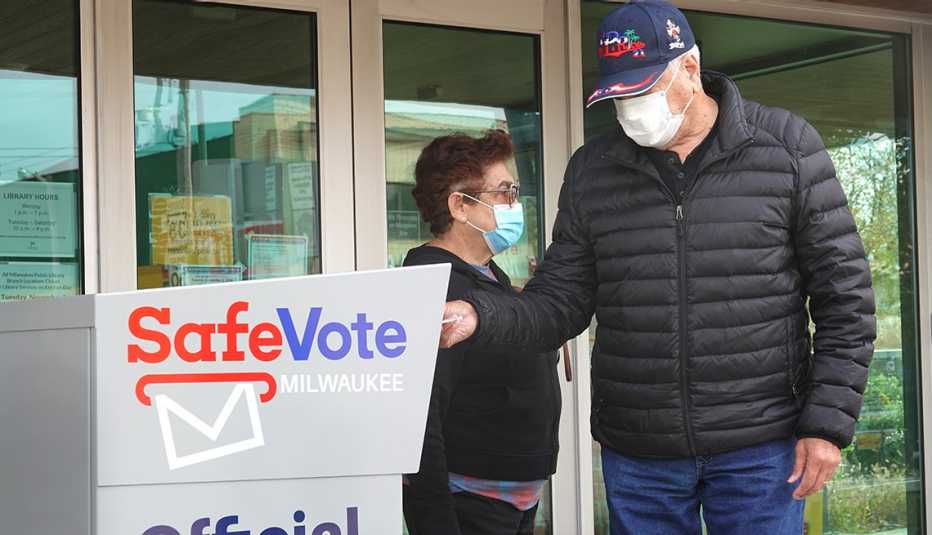AARP Hearing Center


As Americans have already broken records for the number of ballots cast leading up to Election Day, voters age 50 and older appear to be maintaining their turnout predominance, even as they are coping with being at risk for becoming infected with the coronavirus.
Nearly 100 million votes had been recorded nationwide as of late Monday — nearly 36 million during early in-person voting and over 64 million via ballots mailed in or dropped off to election officials, according to the U.S. Elections Project based at the University of Florida. That's almost 72 percent of the total 139 million votes cast in the 2016 election.
The COVID-19 pandemic has led to an explosion of absentee and in-person early voting across the country. AARP launched a comprehensive voter education campaign to help the 50-plus population learn how to cast their votes safely and securely. The campaign includes individual guides to voting in each state, as well as emails, social media posts, paid advertising and tele-town halls.
Leading into the final weekend before Election Day, AARP analyzed turnout data in a number of battleground states whose results are considered critical to determining who is elected president, as well as which party will gain or retain control in Congress. In each state, the majority of early and/or absentee ballots cast came from Americans 50-plus.
The data also shows that in pre-Election Day voting, turnout among women was outpacing men.

































































More on politics-society
50+ Voters Step Up to Work at Polls Despite COVID-19
Nationwide, election officials still need more people to helpAARP Polls: Coronavirus, Social Security Cuts Top 50+ Voter Concerns
Despite deeply partisan divides nationally, older Americans united behind programs that protect them